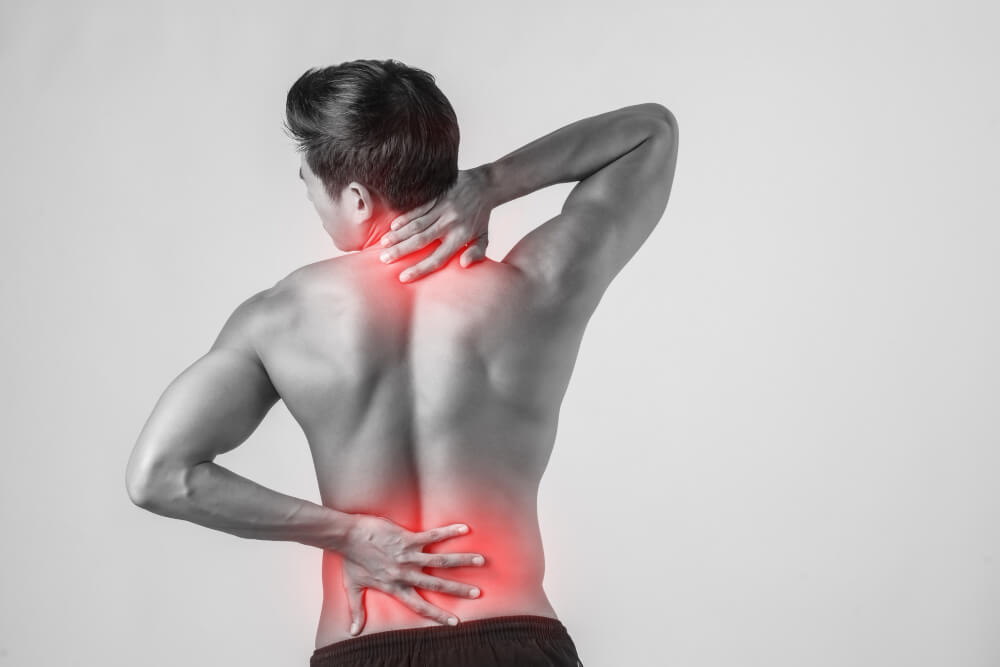Myositis: Understanding Muscle Inflammation, Symptoms, and Treatment Options
Myositis, a group of autoimmune diseases, causes chronic inflammation in one or more muscle groups. This inflammation weakens the muscles, leading to pain, fatigue, and difficulty performing daily activities. While the exact cause of myositis remains unknown, various factors, including genetics and environmental triggers, are believed to play a role. This article delves into the complexities of myositis, exploring its symptoms, potential causes, and available treatment options.
Types of Myositis
Myositis encompasses several subtypes, each with slightly different characteristics:
- Polymyositis: This most common form affects multiple muscle groups, often symmetrically, in the proximal muscles (closer to the body’s core).
- Dermatomyositis: This subtype, besides muscle weakness, manifests with distinctive skin rashes, particularly on the eyelids, hands, and upper chest.
- Inclusion body myositis: Primarily affecting older adults, this type is characterized by the presence of abnormal protein inclusions within muscle cells.
- Necrotizing myositis: This rare and aggressive form involves muscle fiber death and can be life-threatening.
Causes of Myositis
The precise cause of myositis remains elusive, but several factors are likely involved:
- Autoimmune response: In myositis, the immune system mistakenly attacks healthy muscle tissue, leading to inflammation and weakness.
- Genetic predisposition: Certain genes may increase susceptibility to developing myositis.
- Environmental triggers: Viral infections, exposure to certain medications, or environmental toxins might act as triggers in individuals with underlying genetic susceptibility.
Common Symptoms of Myositis
Myositis symptoms can vary depending on the affected muscle groups and the specific subtype. However, some common signs include:
- Muscle weakness: This is the hallmark symptom, typically affecting proximal muscles like hips, thighs, shoulders, and upper arms.
- Muscle pain: The pain can be constant, aching, or sharp and may worsen with activity.
- Fatigue: Excessive tiredness and exhaustion are prevalent complaints in individuals with myositis.
- Difficulty with daily activities: Simple tasks like climbing stairs, lifting objects, or getting out of bed can become challenging due to muscle weakness.
- Skin rashes: Specific rashes, particularly heliotrope (purple discoloration on eyelids) and Gottron’s papules (reddish-purple bumps on knuckles), are associated with dermatomyositis.
- Difficulty swallowing or breathing: In severe cases, muscle weakness can affect the muscles involved in swallowing and breathing, requiring immediate medical attention.
Importance of Early Diagnosis
Early diagnosis of myositis is crucial for initiating prompt treatment and preventing potential complications. If you experience persistent muscle weakness, fatigue, or other concerning symptoms, consult a healthcare professional for a thorough evaluation.
Treatment Goals
The primary goals of myositis treatment are to:
- Reduce muscle inflammation and pain.
- Improve muscle strength and function.
- Prevent long-term complications.
Available Treatment Options
A combination of therapies is often recommended for managing myositis, including:
- Medications:
- Corticosteroids: These medications are the mainstay of treatment, effectively reducing inflammation and improving muscle strength. However, long-term use can cause side effects, necessitating careful monitoring by a healthcare professional.
- Immunosuppressive drugs: These medications help suppress the overactive immune system, thereby reducing inflammation. Common options include methotrexate, azathioprine, and mycophenolate mofetil.
- Other medications: Depending on the specific subtype and individual needs, additional medications like pain relievers, muscle relaxants, and fatigue management medications might be prescribed.
- Physical therapy: Regular physical therapy exercises are crucial for maintaining muscle strength, improving flexibility, and enhancing functional ability.
- Occupational therapy: This therapy helps individuals with myositis learn strategies to adapt daily activities and cope with limitations caused by muscle weakness.
- Lifestyle modifications: Maintaining a healthy lifestyle, including regular exercise, adequate sleep, and a balanced diet, can support overall well-being and potentially aid in managing myositis.
Emerging Therapies and Ongoing Research
Researchers are actively exploring new and promising treatment options for myositis, including:
- Biologic therapies: These targeted therapies aim to specifically block specific molecules involved in the inflammatory process.
- Gene therapy: This potential future approach aims to address the underlying genetic factors contributing to myositis.


